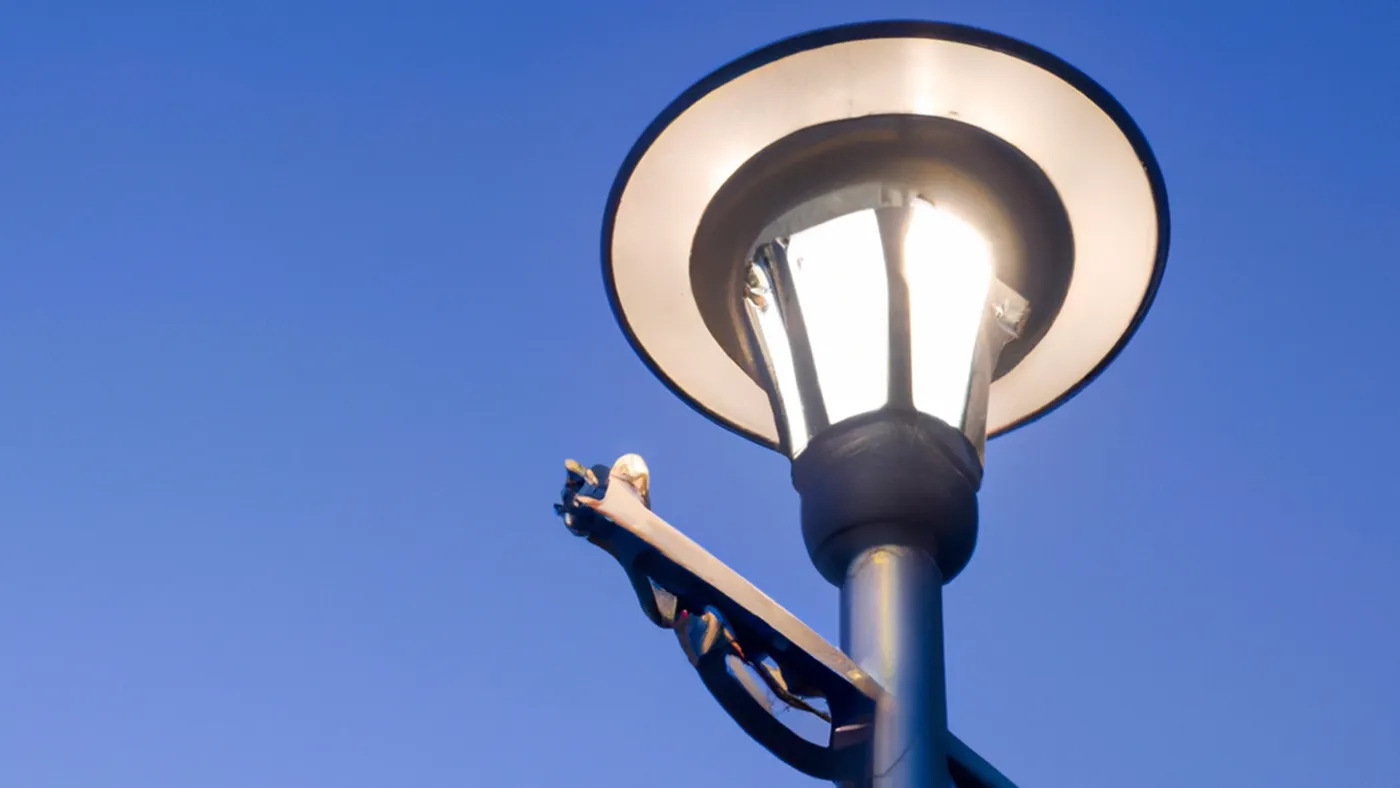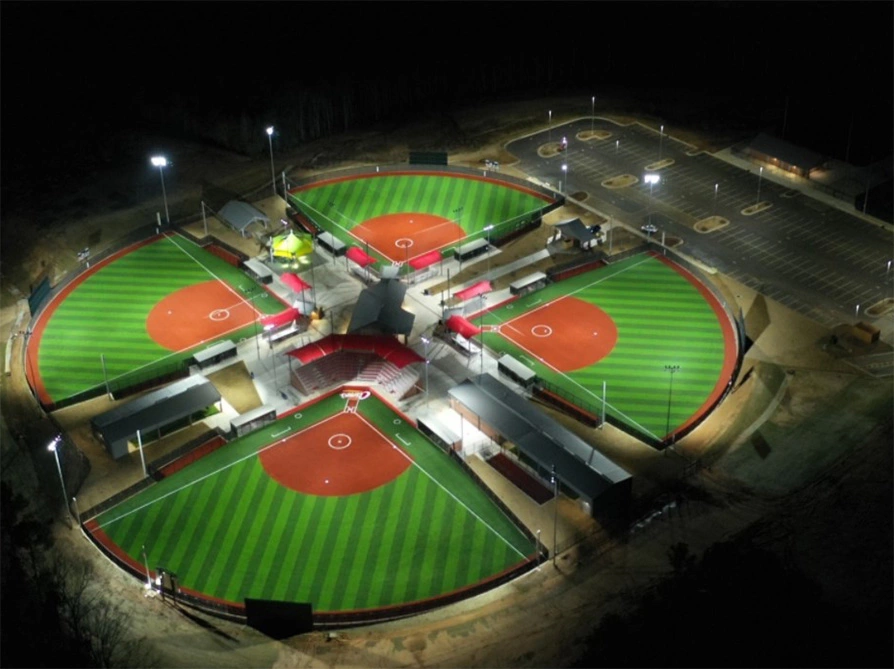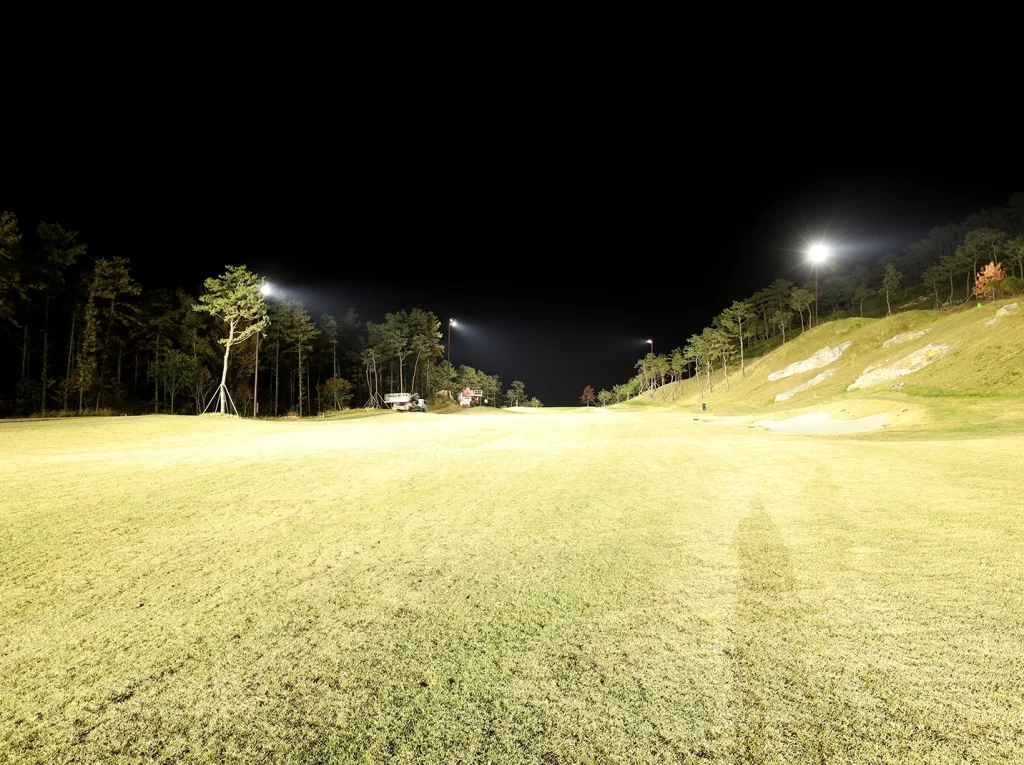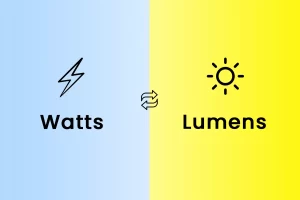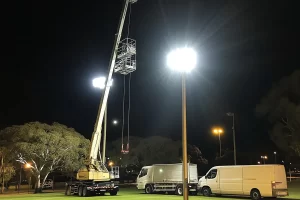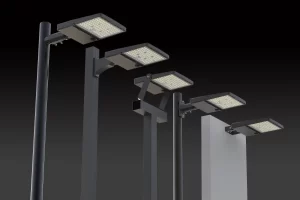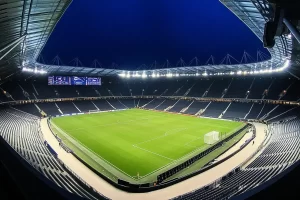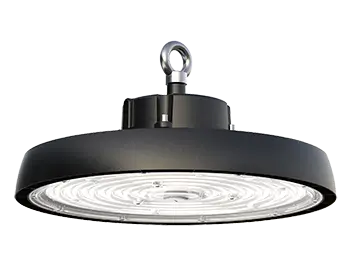Introduction to Public Lighting and Urban Planning
Ever wondered why your city shines so brightly at night? The truth is, it’s more than just to light your path. Public lighting plays a crucial role in urban planning. It not only illuminates our streets but also shapes our cities and communities, dictating how we interact within them.
The Significance of Public Lighting in Urban Planning
Creating Safe Spaces
Public lighting creates safe environments. Well-lit streets discourage crime and increase visibility for drivers, cyclists, and pedestrians alike. Have you ever felt safer walking down a brightly lit street compared to a dark alleyway? That’s the power of light in urban planning.
Enhancing Aesthetics and Ambience
Public lighting is also a tool for aesthetics. It accentuates architecture, highlights landmarks, and even sets the mood for city nightlife. From a romantic dim-lit street to a brightly illuminated square, it’s the lighting that paints the city after sundown.
Boosting Economic Activities
The impact of public lighting goes beyond aesthetics. It promotes economic activities, extending business hours and encouraging nighttime tourism. Imagine a city with its shops, restaurants, and attractions all buzzing with life even after the sun goes down. Isn’t that an economic boost?
The Role of Public Lighting in Urban Sustainability
Energy Efficiency
With the global focus on sustainability, public lighting is evolving. Energy-efficient lighting technologies are being adopted, reducing the carbon footprint and energy consumption of cities. What if I told you that your city could glow brighter with less energy?
Environmentally Friendly Solutions
Public lighting now explores environmentally friendly solutions, including solar-powered and LED lights. These innovations are reducing the adverse impacts of traditional lighting methods on our environment.
Light Pollution
Moreover, cities are addressing the issue of light pollution. Thoughtful planning and use of adaptive, shielded lights minimize light spillage, keeping our skies clear for stargazing. Isn’t it time we brought back the stars to our urban night sky?
Impact of Innovative Lighting Solutions
Smart Lighting
We are witnessing a surge in smart lighting systems. These systems adjust to the needs of the city, dimming when no movement is detected and brightening when needed. Picture walking down a street that lights up just for you, isn’t that smart?
Solar-Powered Lighting
Solar-powered lighting has emerged as a sustainable, off-grid solution, harnessing the power of the sun to light our streets. Can you imagine a world where the sun lights up our nights?
The Relationship between Public Lighting and Social Connectivity
Facilitating Nightlife
Public lighting plays a significant role in facilitating nightlife. It allows people to gather and socialize after sunset, fostering a sense of community. Have you ever noticed how city lights draw people together like moths to a flame?
Promoting Social Interaction
Furthermore, well-planned lighting can create inviting public spaces, encouraging people to interact and engage more with their community. Who knew that lights could play matchmaker, creating connections and strengthening bonds?
Public Lighting as a Tool for Urban Identity
Reflecting Local Culture
Public lighting can be a canvas to reflect a city’s culture and history. Architectural lighting can highlight cultural landmarks, and colored lights can be used during festivals. Isn’t it fascinating how light can tell a city’s story?
Attracting Tourists
Well-lit cities attract tourists, adding to their economy. Tourists are drawn to vibrant nightscapes, from neon-lit cityscapes to quaint, softly lit historic districts. Do city lights lure you too?
Challenges in Implementing Public Lighting
Financial Issues
Public lighting comes with financial challenges, from installation costs to ongoing maintenance. Are cities ready to invest in this often overlooked aspect of urban planning?
Maintenance and Vandalism
Maintenance issues and vandalism are other challenges that cities face. Can cities overcome these obstacles and unlock the full potential of public lighting?
Future Trends in Public Lighting
IoT and Smart Cities
With the advent of the Internet of Things (IoT) and smart cities, we can expect public lighting to become even more connected and responsive. Are we ready for a future where our city lights communicate with us?
Advances in Lighting Technology
The future holds great promise with advances in lighting technology. From bioluminescent trees to glow-in-the-dark paths, public lighting is bound to get more innovative. Are we on the brink of a lighting revolution?
Conclusion
In conclusion, public lighting is more than just a tool for visibility. It is a cornerstone of successful urban planning, shaping our cities, fostering social interactions, promoting economic activities, and enhancing urban aesthetics. As we continue to innovate, the role of public lighting in our cities will only grow more crucial.
FAQS
Why is public lighting important in urban planning?
Public lighting plays a significant role in urban planning. It helps create safe environments, enhance aesthetics, boost economic activities, foster social interactions, and reflect a city’s culture.
What are some innovative trends in public lighting?
Some of the innovative trends in public lighting include energy-efficient LED lights, solar-powered lights, smart lighting systems, and IoT integration.
How does public lighting impact a city’s economy?
Public lighting can boost a city’s economy by extending business hours, encouraging nighttime tourism, and attracting tourists with well-lit cityscapes and landmarks.
How does public lighting contribute to urban sustainability?
Public lighting contributes to urban sustainability through energy-efficient lighting technologies, environmentally friendly solutions, and by addressing the issue of light pollution.


